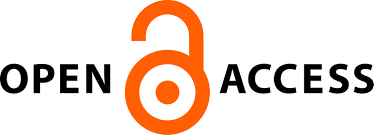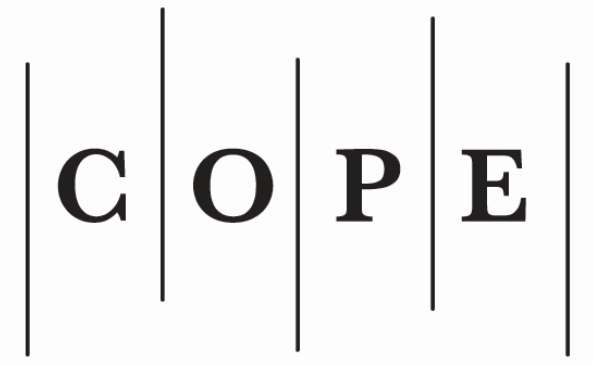Employment of Lithuanian Statistical Data Into Tax-Benefit Micro-Simulation Models
##plugins.themes.bootstrap3.article.main##
Abstract
In this study, we aim to assess the “best fit” of the existing Lithuanian micro-datasets for constructing a national micro-simulation model. Specifically, we compare and evaluate the potential of two (state level) representative micro-data surveys in terms of their potential to simulate Lithuanian (direct) taxes, social contributions and social benefits. Both selected datasets contain rich information on the socio-economic and demographical conditions of the country: the Household Budget Survey (HBS) for the years 2004 and 2005 and the European Community Statistics on Income and Living Conditions (EU-SILC) in Lithuania for the year 2005. The selected databases offer the most comprehensive range of income and other socio-demographic attributes, needed for simulation of tax and contributions’ payers/amounts and benefits’ recipients/amounts. The evaluation of the dataset capacity to simulate these measures is done by a comparative statistical analysis. Among the comparative categories are definitions (of households, incomes), survey collection modes, level of aggregation of various variables, demographic and incomes variables and corresponding numbers (amounts).
The comparative analysis of the HBS and EU-SILC datasets shows, that despite embedded differences and shortages regarding simulation capacities of both surveys, these datasets contain valuable and sufficient information for the purpose of simulation of Lithuanian tax-benefit policies.
In general a conclusion could be drawn, that HBS offers higher possibilities of simulating the Lithuanian tax-benefit system. This dataset contains more detailed national income categories (i.e. recipients of maternity/paternity insurance, diverse pensions, etc.)— information on which is not available in the EU-SILC. The latter dataset does not contain national policy system specific components, but offer information on income aggregates, such all old-age pensions, social exclusion benefits, etc. Additionally, HBS also offers information as the non-cash transfers, while the EU-SILC has a higher focus on the cash incomes. As some of the Lithuanian social policies are interlinked, HBS information on different types of beneficiaries enables more precise simulation of some measures. On the other hand, the EU-SILC provides more information on living conditions, which directly or indirectly could be used in the micro-simulation model underlying dataset.
Generally, the comparison of HBS and EU-SILC datasets highlights the difficulties and dangers of simulation result interpretation, if the underlying data come from methodologically different datasets. This applies both to the use of micro-simulation methodology and any other empirical analysis. We also draw a conclusion, that the use of EU-SILC data for Lithuania provides a higher value and opportunities of coherent cross-country (EU) taxbenefit simulations, while HBS enables a more precise national policy simulation.
The comparative analysis of the HBS and EU-SILC datasets shows, that despite embedded differences and shortages regarding simulation capacities of both surveys, these datasets contain valuable and sufficient information for the purpose of simulation of Lithuanian tax-benefit policies.
In general a conclusion could be drawn, that HBS offers higher possibilities of simulating the Lithuanian tax-benefit system. This dataset contains more detailed national income categories (i.e. recipients of maternity/paternity insurance, diverse pensions, etc.)— information on which is not available in the EU-SILC. The latter dataset does not contain national policy system specific components, but offer information on income aggregates, such all old-age pensions, social exclusion benefits, etc. Additionally, HBS also offers information as the non-cash transfers, while the EU-SILC has a higher focus on the cash incomes. As some of the Lithuanian social policies are interlinked, HBS information on different types of beneficiaries enables more precise simulation of some measures. On the other hand, the EU-SILC provides more information on living conditions, which directly or indirectly could be used in the micro-simulation model underlying dataset.
Generally, the comparison of HBS and EU-SILC datasets highlights the difficulties and dangers of simulation result interpretation, if the underlying data come from methodologically different datasets. This applies both to the use of micro-simulation methodology and any other empirical analysis. We also draw a conclusion, that the use of EU-SILC data for Lithuania provides a higher value and opportunities of coherent cross-country (EU) taxbenefit simulations, while HBS enables a more precise national policy simulation.
##plugins.themes.bootstrap3.article.details##
Section
Articles
- The Author grants to the Publisher the exclusive right and licence to publish this Article without remuneration until the expiry of the economic rights: to reproduce the article in print and digital form, including its publication; to disseminate the original version of the Article or its copies in Lithuania and foreign countries; to translate the Article; to publish the article, including making it publicly available via computer networks; to reproduce and publish the Article in Lithuanian and foreign databases; to licence usage of the Article in ways described in this paragraph.
- The Author warrants that the economic rights of the Author have not been assigned or granted to third parties, that the Article has not been published so far and is not under consideration of being published elsewhere.
- The Author warrants that the Article does not violate intellectual property rights of others.
- After the Article is published in Social Technologies the Author shall have a right to make it public on personal website or on a website of an institution of affiliation, to reproduce it for non-commercial teaching or scholarly research purposes, clearly indicating that the primary source of its publication is Social Technologies.
- This consent shall be considered invalid if the Editorial Board of the Social Technologies decides not to publish the Article.
Authors contributing to Social Technologies agree to publish their articles under a Creative Commons Attribution 3.0 Unported (CC BY 3.0) Licence, allowing third parties to share their work (copy, distribute, transmit) and to adapt it, under the condition that the authors are given credit, and that in the event of reuse or distribution, the terms of this licence are made clear.







